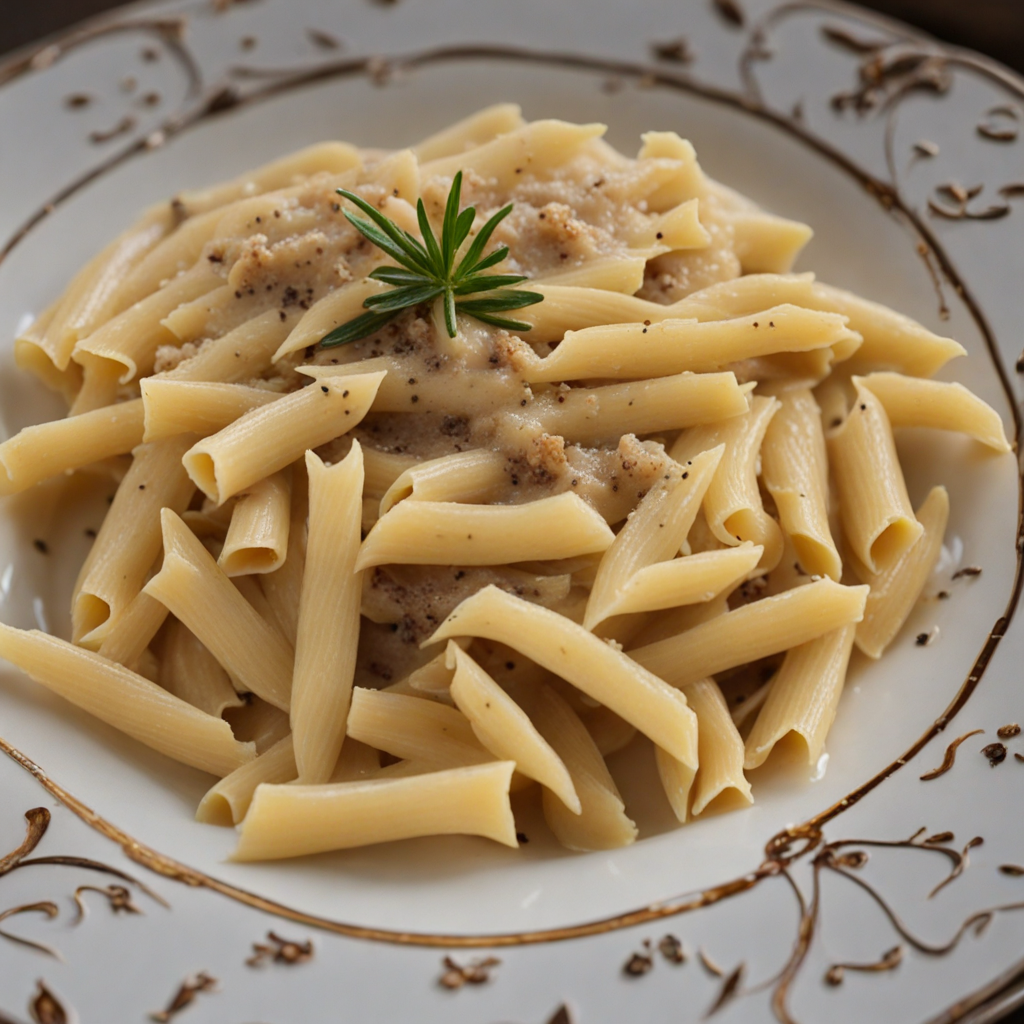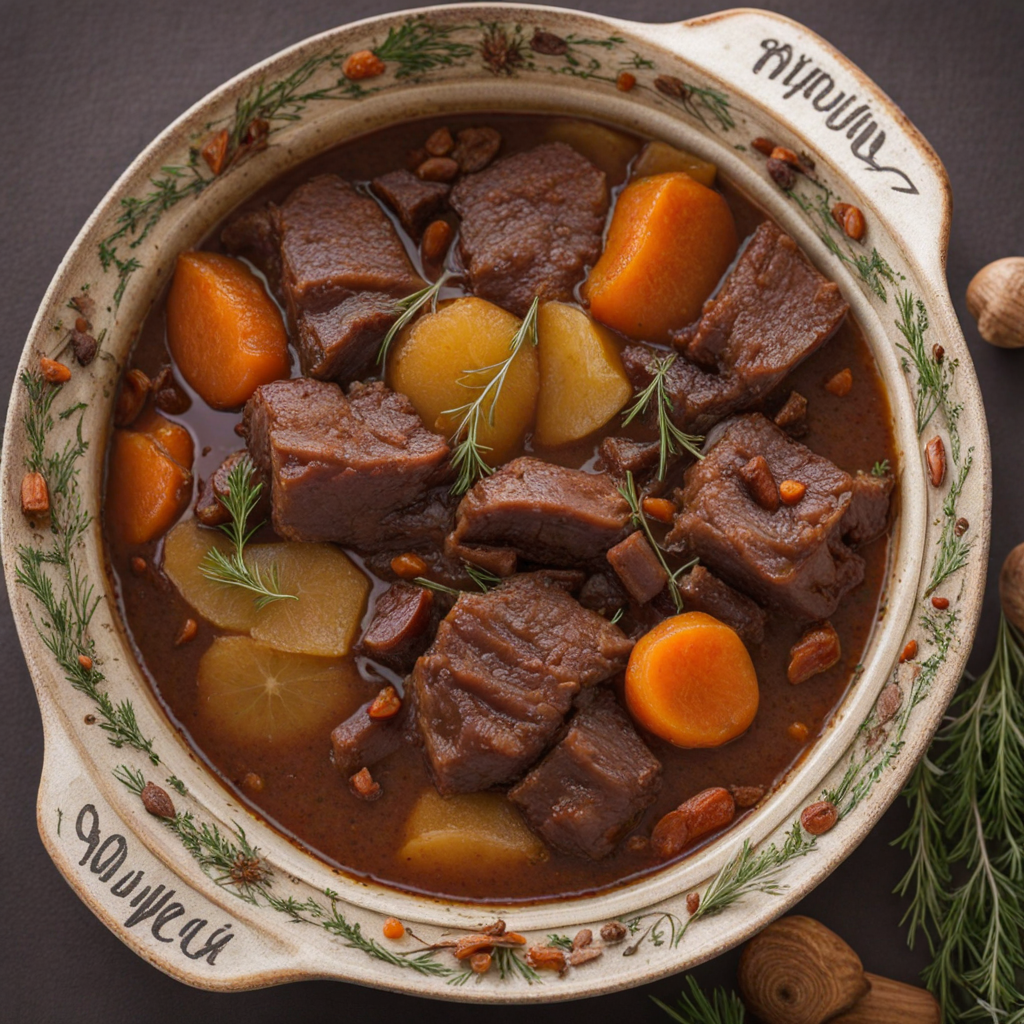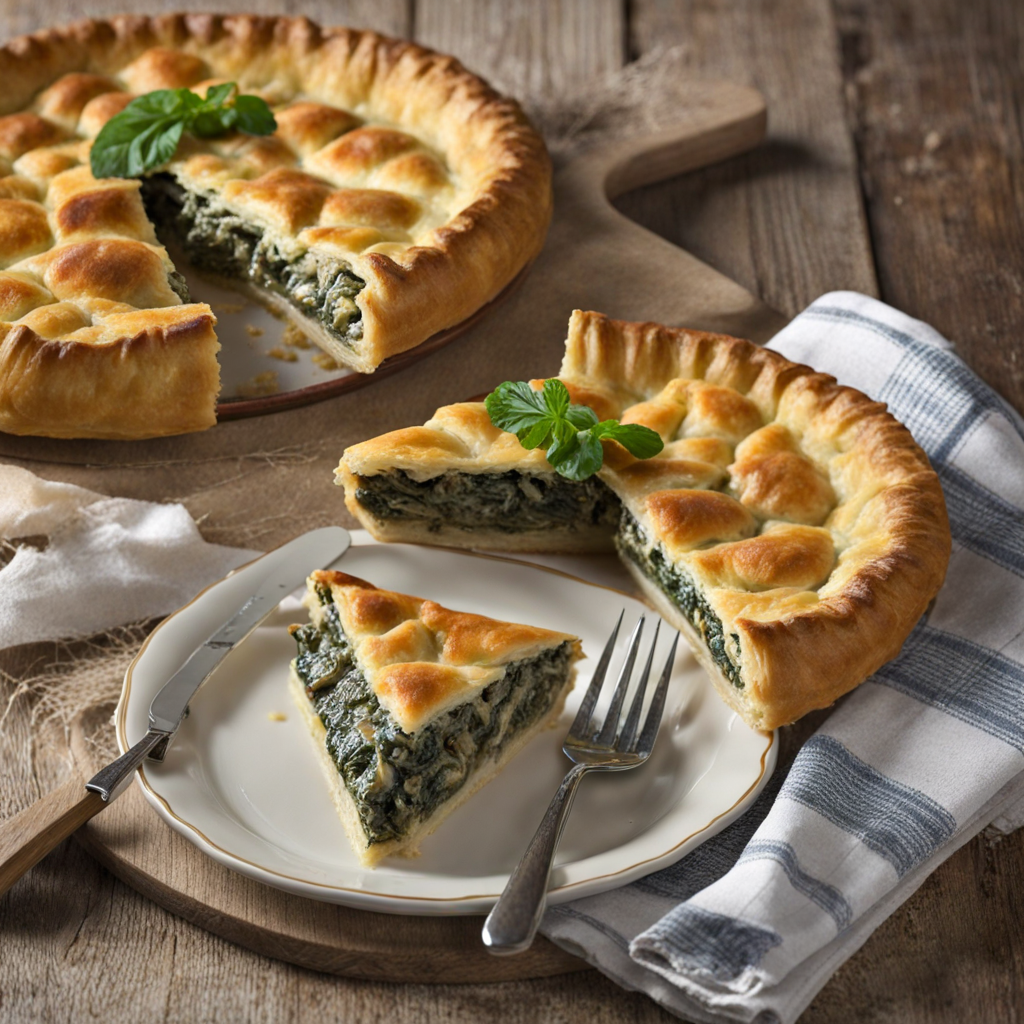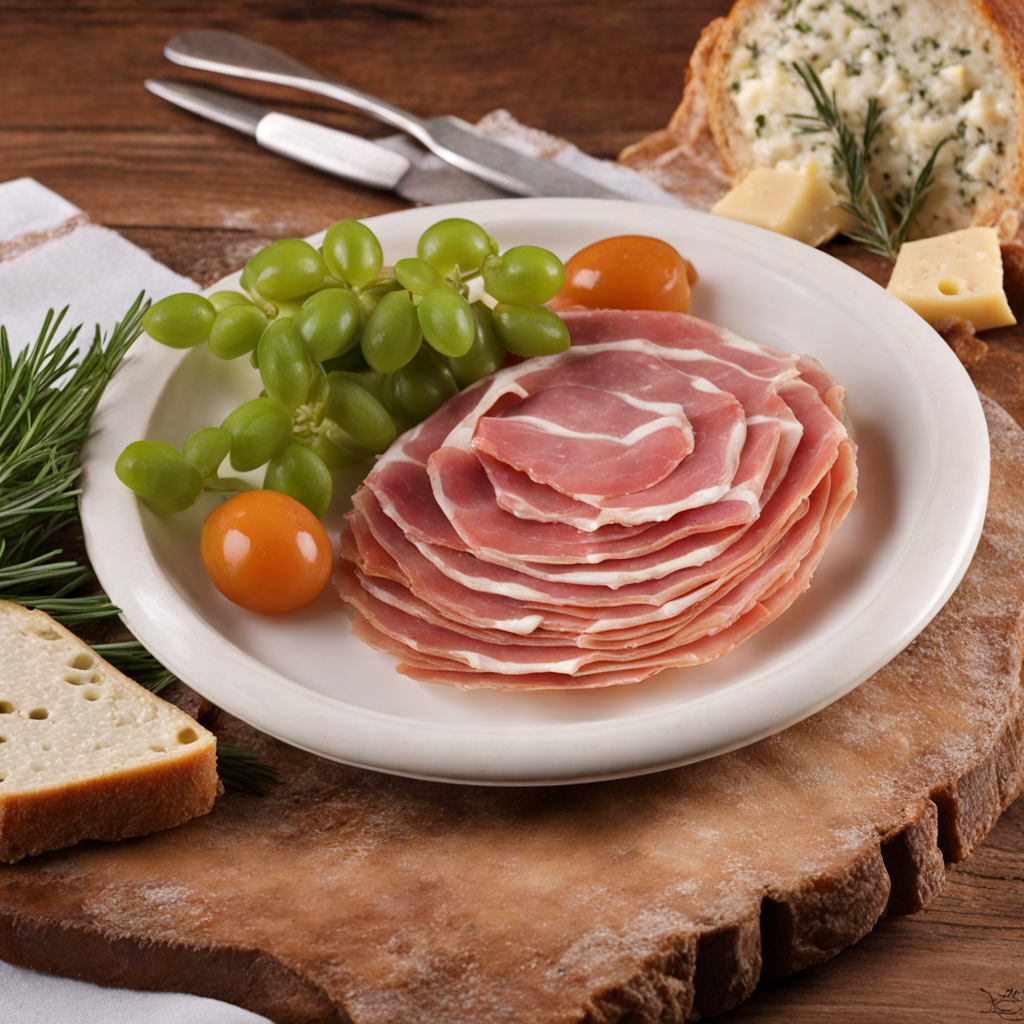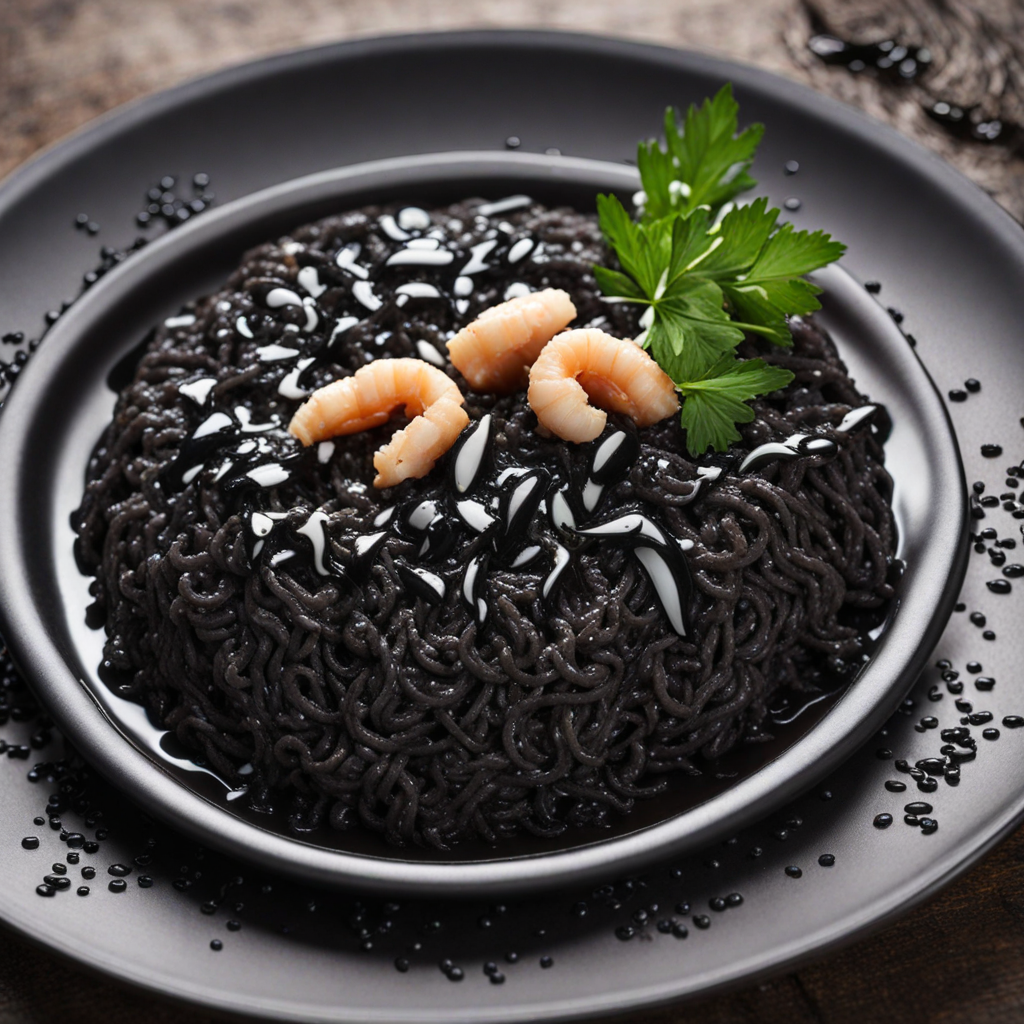Fuži
Fuži is a traditional Croatian pasta that hails primarily from the Istrian region, characterized by its unique shape and texture. This handmade pasta is rolled into a thick, tubular form with a slight twist, resembling small scrolls or ribbons. Fuži is typically made from a simple dough of flour, water, and eggs, which gives it a rich flavor and an appealing chewiness. Its distinct shape allows it to hold onto sauces beautifully, making it a versatile choice for various culinary creations. The culinary possibilities with fuži are virtually endless, as it pairs wonderfully with a range of sauces, from rich and meaty ragùs to lighter, herb-infused creations. One popular way to enjoy fuži is with a hearty truffle sauce, which highlights the earthy flavors of Istrian truffles, a prized ingredient in Croatian cuisine. Alternatively, it can be served with a simple olive oil and garlic dressing, allowing the pasta's unique texture to shine through. The addition of seasonal vegetables or fresh seafood can elevate the dish, showcasing the region's bountiful produce and local seafood. What truly sets fuži apart is the experience of savoring each bite, as the pasta absorbs the flavors of the sauce and enhances the overall dish. Often enjoyed as part of a larger meal, fuži is a staple at family gatherings and celebrations, symbolizing warmth and togetherness. For those looking to explore new tastes, fuži offers a delightful journey into Croatian cuisine, where tradition meets flavor in every twist and turn of this delectable pasta.
How It Became This Dish
The Culinary Journey of Fuži: A Croatian Pasta Delight Croatia, a country known for its stunning landscapes and vibrant cultural tapestry, has a culinary heritage that reflects its diverse history and geography. Among its many gastronomic treasures is fuži, a traditional type of pasta that has captured the hearts and palates of both locals and visitors alike. This unique dish has a rich history, woven into the cultural fabric of Croatia, particularly in the Istria region, where it has evolved over centuries. Origins of Fuži Fuži is believed to have originated in the Istrian peninsula, a region marked by its rolling hills, olive groves, and vineyards. The roots of this pasta can be traced back to the 19th century, although pasta itself has a much older history in the Mediterranean. The word "fuži" is thought to derive from the Italian word "fuso," meaning "spindle," which reflects the pasta's distinctive shape. Traditionally, fuži is a hand-rolled pasta, resembling elongated, narrow tubes that are slightly thicker than typical pasta. The preparation of fuži is deeply intertwined with the agricultural practices of the region. The fertile land of Istria, blessed with a Mediterranean climate, has long supported the cultivation of wheat, making fresh pasta a staple in local diets. Family recipes have been passed down through generations, often using simple, locally sourced ingredients. The traditional method of making fuži involves mixing flour with eggs and a pinch of salt, kneading the dough, and then rolling it out before cutting it into the characteristic shapes. Cultural Significance Fuži holds a special place in Croatian culture, particularly during festive occasions and family gatherings. In Istrian households, fuži is often served during celebrations such as weddings, holidays, and birthdays, symbolizing the importance of family and tradition. The process of making fuži is a communal activity, bringing family members together in the kitchen. It is not uncommon for mothers, daughters, and even grandmothers to gather and share stories while preparing the pasta, reinforcing familial bonds and preserving culinary traditions. This pasta also reflects the broader cultural influences that have shaped Istria over the years. Due to its location, Istria has been influenced by various cultures, including Italian, Slovenian, and Austro-Hungarian. As a result, fuži is often paired with a variety of sauces that showcase this multicultural heritage. Traditional accompaniments include rich meat sauces, such as a slow-cooked beef or game ragù, or lighter sauces made from fresh seasonal vegetables. Additionally, local specialties like truffles, wild asparagus, and seafood further enhance the flavors of fuži, creating a dish that is as versatile as it is delicious. Development Over Time The evolution of fuži is closely tied to the changing culinary landscape of Croatia and its shifting socio-economic conditions. Historically, the cuisine of Istria was heavily influenced by peasant traditions, where ingredients were sourced from the land and prepared with minimal fuss. As Croatia entered the 20th century and particularly after gaining independence in the 1990s, there has been a resurgence of interest in traditional foods, including fuži. Chefs and home cooks alike began to revisit ancestral recipes, aiming to preserve the authenticity of Croatian cuisine. The late 20th and early 21st centuries saw a growing interest in gastronomy and a renewed appreciation for local ingredients. This period marked the emergence of a culinary renaissance in Croatia, with chefs showcasing traditional dishes like fuži in modern, creative ways. The rise of food tourism has also played a significant role in this revival, as visitors flock to Istria to experience its renowned culinary scene. Restaurants have begun to innovate by pairing fuži with gourmet ingredients, elevating the dish while maintaining its roots. Moreover, fuži has found its way into popular culture, appearing in cookbooks, television shows, and food festivals. Events celebrating local cuisine, such as the Istrian Pasta Festival, highlight the importance of this dish in the region and provide an opportunity for local chefs to showcase their skills. These festivals not only promote fuži but also serve to educate visitors about the rich culinary heritage of Croatia, fostering a deeper appreciation for traditional foods. Contemporary Interpretations In contemporary Croatian cuisine, fuži has transcended its humble origins, becoming a symbol of Istrian pride. Chefs are experimenting with various gluten-free and vegan options, making the dish accessible to a broader audience. While traditional recipes remain popular, many modern interpretations feature innovative sauces and accompaniments that highlight seasonal ingredients. For instance, fuži served with a creamy truffle sauce has become a staple in upscale restaurants, showcasing the region's famed truffles. Additionally, the global interest in Croatian cuisine has led to increased visibility for fuži beyond its borders. With the rise of social media and food blogging, home cooks and chefs are sharing their interpretations of this beloved pasta, leading to a new generation of enthusiasts who appreciate its cultural significance and culinary versatility. Conclusion Fuži is more than just a type of pasta; it is a culinary emblem of Croatian heritage and a testament to the enduring spirit of familial and cultural traditions. From its humble beginnings in the Istrian countryside to its modern interpretations in gourmet restaurants, fuži has evolved while staying true to its roots. As Croatia continues to celebrate and promote its rich culinary landscape, fuži will undoubtedly remain a cherished dish, connecting generations and enriching the dining experience for locals and visitors alike. The story of fuži is a delicious reminder of how food can serve as a bridge between the past and present, fostering a sense of identity and belonging in an ever-changing world.
You may like
Discover local flavors from Croatia



